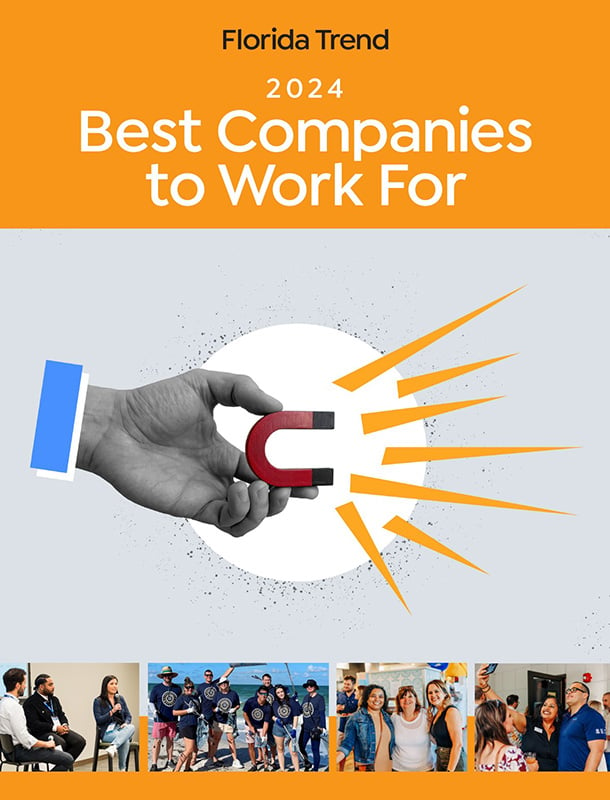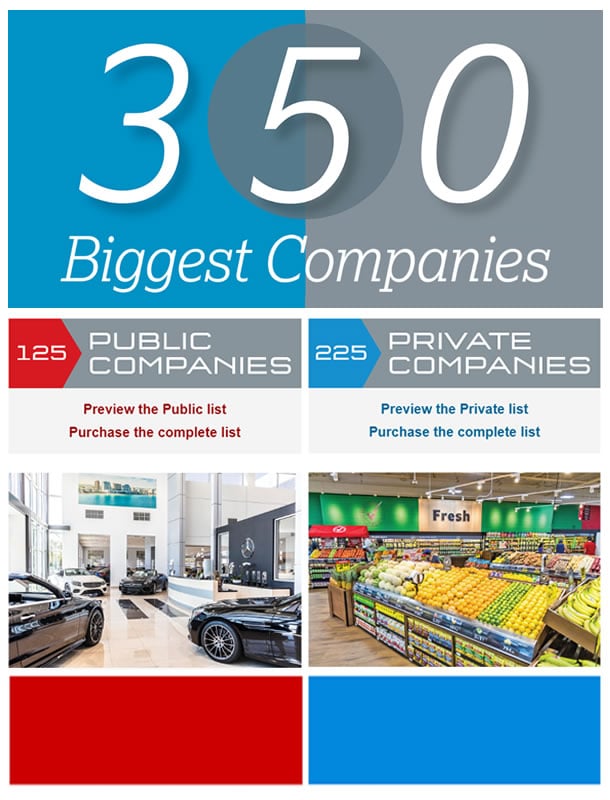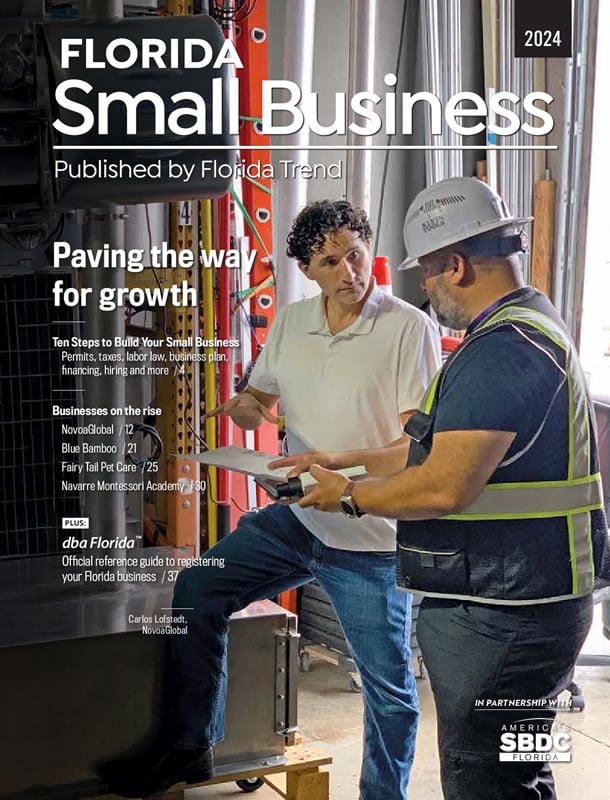If your bottom line is healthy and you are starting to bring in more business than you can comfortably handle, it may be time to expand.
You can upsize to a larger space, or venture into new opportunities, including government contracting and exports. But it’s a mistake to wait until you’ve maxed out your current space and capabilities before you start thinking bigger.
The first nine steps helped you overcome the challenges you will likely face as a business owner. This one is a reminder to always keep an eye on the future and how to respond on time. If you do, you’ll be ready to expand when the time is right.
Before then, remember to double-check this list on a monthly basis:
- Revisit your business plan. Are you meeting your expectations? Are your support documents accurate and up to date?
- Rate your team. Do you have the right people in place for each job? Are you providing adequate training to ensure their success?
- Fine-tune your operations. Is your business running as efficiently as it should? Do you have enough space to accommodate growth?
Find the right time to grow. Only you will know when it’s time to expand. But here are some signs to consider:
- Your bottom line looks healthy.
- Your business is enjoying a steady stream of repeat customers.
- You have more business than you can comfortably handle.
A word of warning: Be wary of getting caught up in an unexpected or seasonal surge that may be temporarily inflating demand for your product or service. You don’t want to expand, just as the surge dies down. Instead, you are looking for an upward trend lasting several months with strong indications of staying power.
GOVERNMENT CONTRACTING
If you are considering pursuing government contracts, there’s good news. Florida is one of the top 10 U.S. states in terms of government contract procurement. This can be a solid growth route for you — if you have the right infrastructure and know how the procurement process works. Just understand that you approach this business differently than the civilian market. Forget the flashy brochures. You will need to prove, without a doubt, that your business will meet its contract obligations at the right price.
Selling in the US
Requires that you:
- Develop a corporate capability statement and secure the preferred small business certifications.
- Monitor Bid Match services (daily searches/email alerts) to identify opportunities.
- Understand what, when and how much government agencies buy.
- Target government agencies and prime contractors that buy what you offer.
- Complete the required/mandatory government database registrations.
- Create a government-accepted accounting system and know how to handle contract audits, reports and modifications.
- Ask for help when you need it from procurement specialists at the Florida SBDC Network.
Selling in Florida
MyFloridaMarketPlace, a division of the Florida Department of Management Services, is a hub that connects vendors with state agencies looking to purchase supplies or services. The state spends $1.6 billion annually on contracts and agreements through the site. These include:
- Term Contracts
- Informal Purchases – less than $35,000 and do not require competitive bidding.
- Formal Purchases – greater than $35,000 and require competitive bidding.
- For details, visit dms.myflorida.com/business_operations/state_purchasing/vendor_resources.
ATTENTION VETS!
You may have heard that veteran-owned business get preferential treatment with government contracts. That is, however, largely not the case. Veterans have to compete just like any other business owner. If they win a contract, it’s because they’ve done their homework, not because of their military service.
Just three percent of government contracts are specifically set aside for veteran-owned businesses compared to 23% for all small businesses. That means the bidding process is a level playing field with just one exception: when a veteran-owned business goes up against a non-veteran-owned business for a VA contract. When all things are otherwise equal, the vet will likely get the job.
EXPORTING
One nice thing about Florida’s geography is that it serves as a hub for people and products moving between various points on our planet. That offers access to the nation’s second largest Foreign Trade Zone (FTZ) network, making the state home to more than 60,000 exporters — the second highest number in the U.S. Almost all of them are small- and medium-sized businesses with fewer than 500 employees each.
If you are interested in exploring trade opportunities, here are five steps to take:
- Evaluate your readiness. Seek export counseling assistance and/or participate in educational seminars, conferences and webinars.
- Familiarize yourself with trade rules and agreements. SelectFlorida and the U.S. Export Assistance Center are good places to start.
- Create your export business plan and strategy. Apply for an Export Marketing Plan through the Florida SBDC Network, SelectFlorida or U.S. Export Assistance Centers.
- Find potential buyers. Attend international trade shows and missions with SelectFlorida and the U.S. Commerce Service.
- Secure financing. Learn about funding programs for exporters of goods and services by contacting the Florida Export Finance Corporation and EXIM Bank for information. efc.biz
When you think you are ready:
- U.S. Commercial Service trade professionals in six Florida offices can help you get started. These seasoned professionals can help you identify and evaluate international partners. They can assist with creating market entry strategies and navigating documentation challenges. For general information on regulations, licensing, free trade agreements and other topics related to exporting, visit export.gov.
- The Florida SBDC Network and its international trade specialists work with SelectFlorida and the U.S. Commercial Service to prepare Export Marketing Plans for qualifying Florida-based manufacturers and service providers. These customized plans — which include market recommendations, overseas trade opportunities and an action plan for market entry — can take dozens of hours to prepare. These plans aren’t cheap, at $7,500. But qualifying companies are eligible for a $4,500 scholarship, and a $2,500 STEP grant, bringing your company’s cost down to $500.
Know What
to Expect STEP 2
Get Your
Paperwork Filed STEP 3
Follow
the Law STEP 4
Put Your Business
Plan in Writing STEP 5
Find a Way to
Pay for it STEP 6
Hiring
is Key STEP 7
Prepare for
a Disaster STEP 8
Nurture Your
People STEP 9
Tell the World
About You STEP 10
Start Planning Early
for Expansion Profiles
Small Business
Success Stories Ask an Expert
Business Information
Resources













